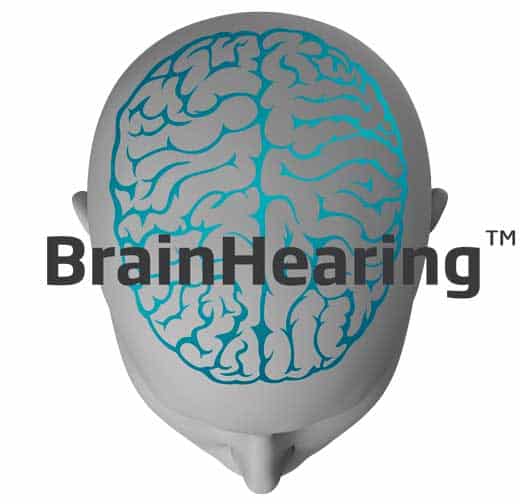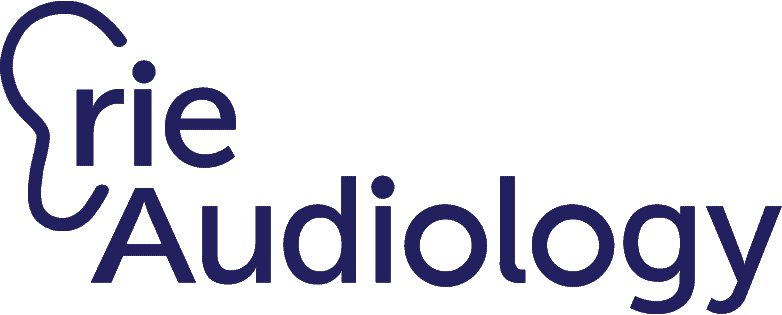Brain Hearing
Brain Hearing
BrainHearing™ Technology – Oticon’s most personal hearing experience yet.
If you’re like most people, you’re used to thinking of hearing as something that happens in your ears. What people often don’t think about is what happens between their ears, in the hearing part of their brain. That’s where sound becomes information that has meaning.
Your brain has to work hard to make this happen. When the sound signals from your ears are compromised, your brain has to work even harder to fill in the gaps. This extra effort can take its toll.
In fact, studies have shown that, over time, hearing loss can lead to isolation and depression. That’s why it makes sense to take care of your hearing health the same way you care about the rest of your health.

It’s your brain that hears. Not your ears.
The sounds your ears receive are sent to your brain where they are translated into meaning. When you listen to a conversation, your ears and brain work together as a system, with your brain doing most of the heavy lifting.
If you experience hearing loss, your brain tries to fill in the gaps of sounds you don’t hear. This can be difficult and exhausting, and it makes it harder for you to participate in what is going on around you.
The new concept in BrainHearing™ technology has a very simple starting point, allowing the brain to easily make sense of sound. Oticon has divided the brains processing of sound into four different functions:
- Orient. The brain continually uses both ears to orient itself and know what’s happening in the environment.
- Separate. The brain separates relevant sounds from competing noise and chooses where to focus.
- Focus. The brain has to know where to focus in noisy sound environments in order to recognize sounds.
- Recognize. The brain depends on its ability to recognize a sound in order to make sense of it.
BrainHearing focuses on these four key functions that the brain uses to make sense of the sound it receives from the ears. These four tasks happen simultaneously and continuously inside your brain.

The BrainHearing Approach
If we provide the input that the brain needs to make sense of sound, then it must regularly fulfill the above demands. And, because no two people are quite like you, no one else’s hearing profile is quite like yours.
Oticon hearing aids feature BrainHearing™ technology, designed to support your brain and help it make sense of sound, with less effort. BrainHearing™ technology also enables Oticon hearing aids to be finely tuned to match your unique profile. This powerful approach enables you to:
- Organize sounds and orient yourself with your surroundings
- Hear better in challenging environments
- Understand speech, engage in conversations and switch your focus
- Listen according to your personal preferences

BrainHearing™ technology is based on four key features:
Speech Guard E – superb speech recognition: Speech Guard E protects speech clarity and details for you to easily understand what is being said – even in noisy surroundings.
Spatial Sound – locate the sources of sound: Spatial Sound supports your brain’s natural ability to sense where sounds are coming from – even in noisy situations. This helps you know where to focus your attention.
Free Focus – zoom in on what’s most important: Free Focus consists of automatic zoom functions to help you easily focus on the most important sounds. It helps you shift your focus from one conversation to another.
YouMatic – shape the sound to suit you: The way you hear is as unique to you as your DNA. YouMatic is a tool to personalize your hearing instruments to your unique and personal hearing preferences and needs.

